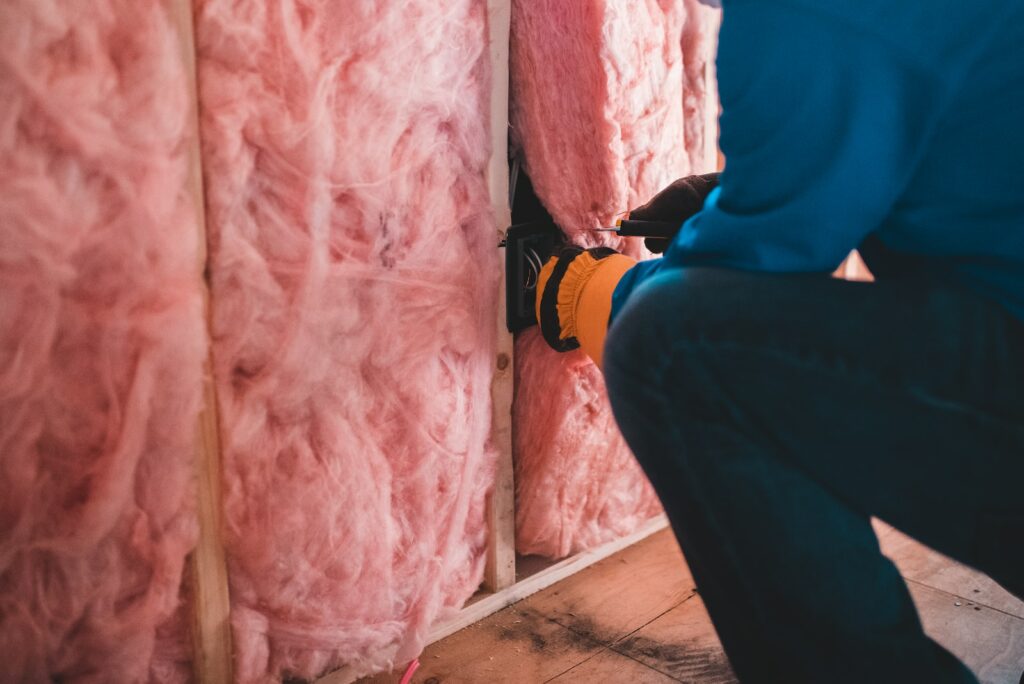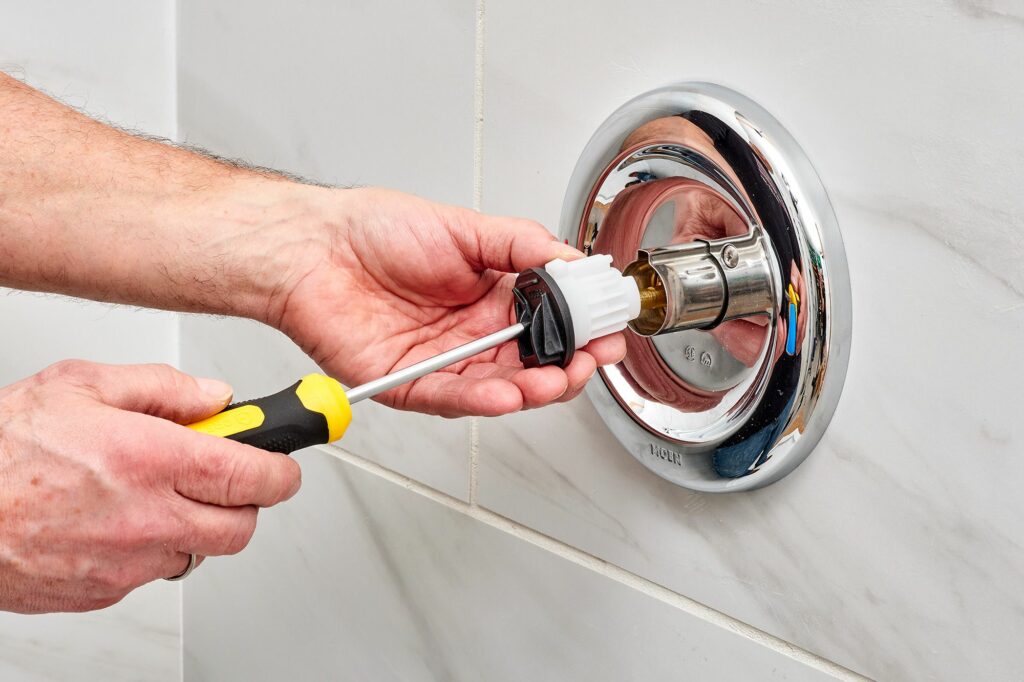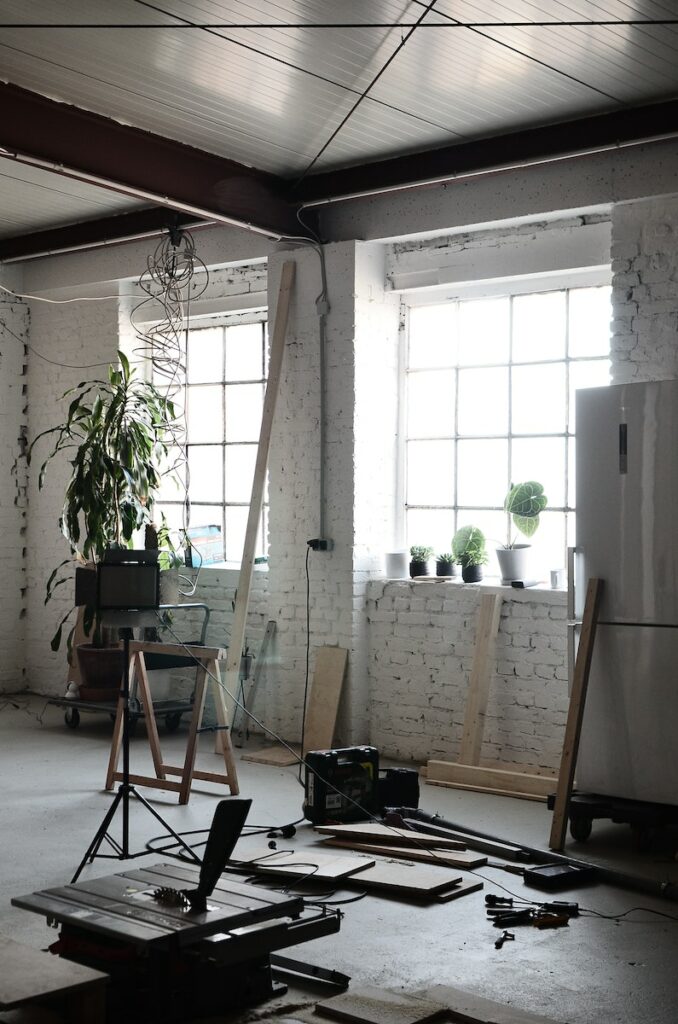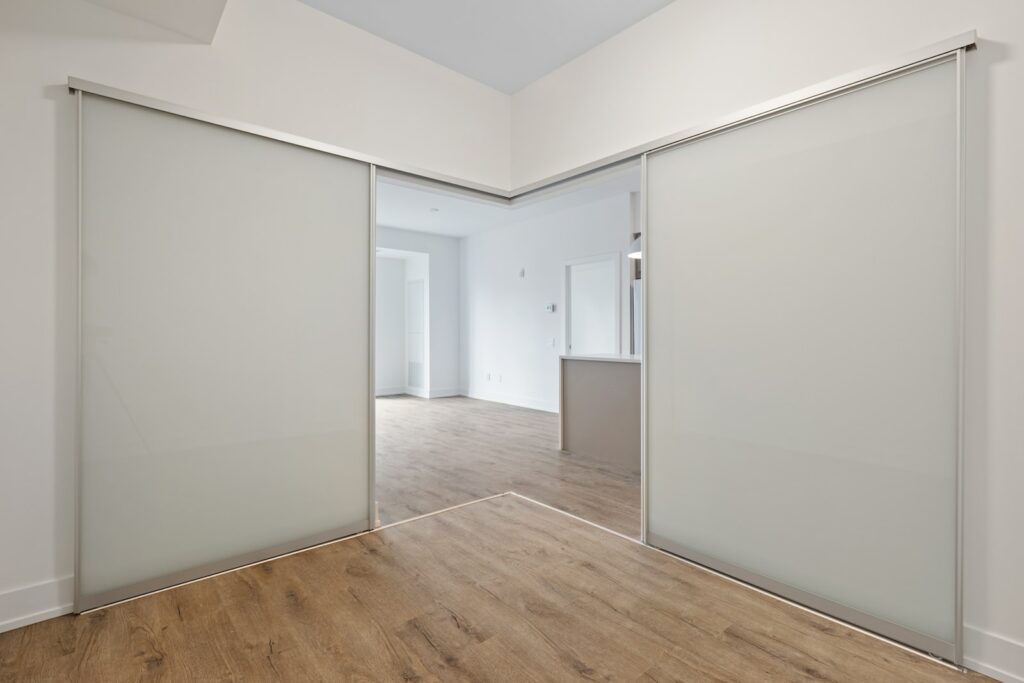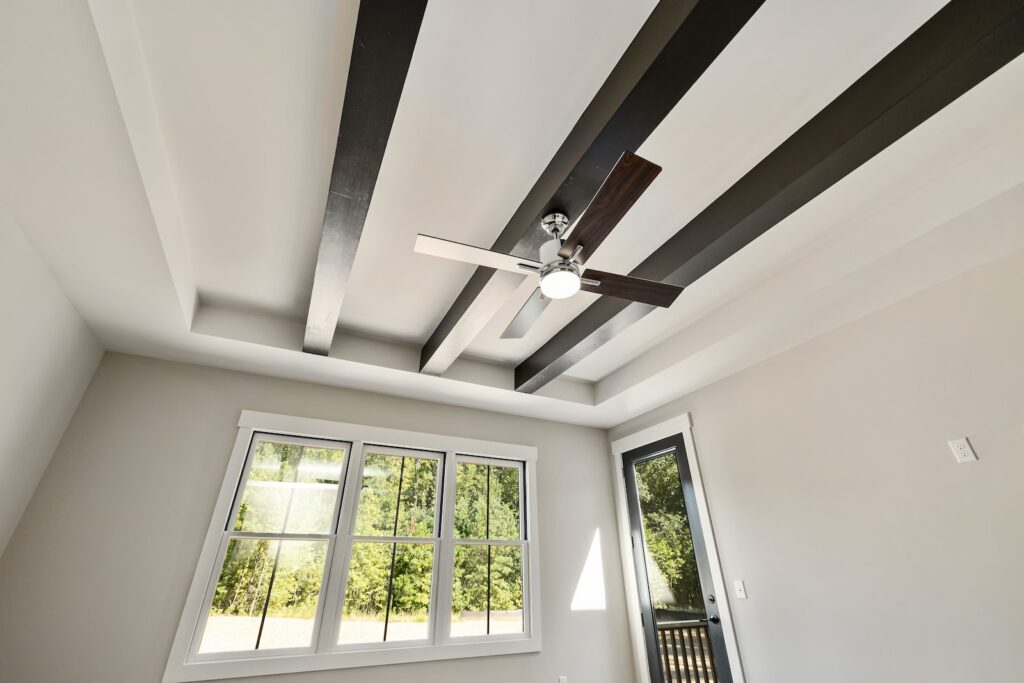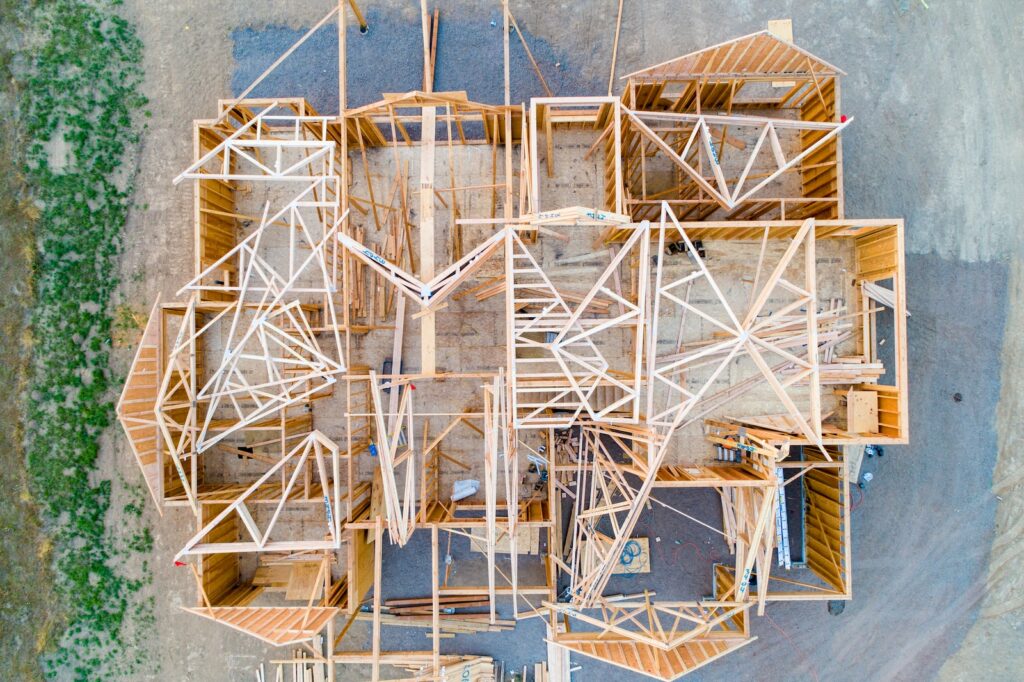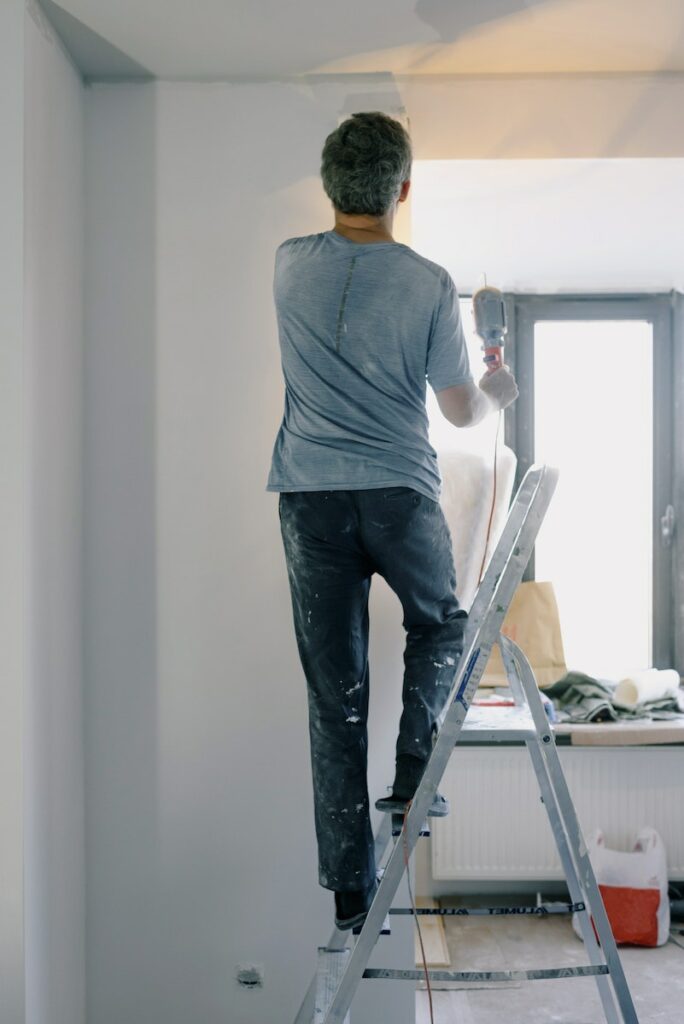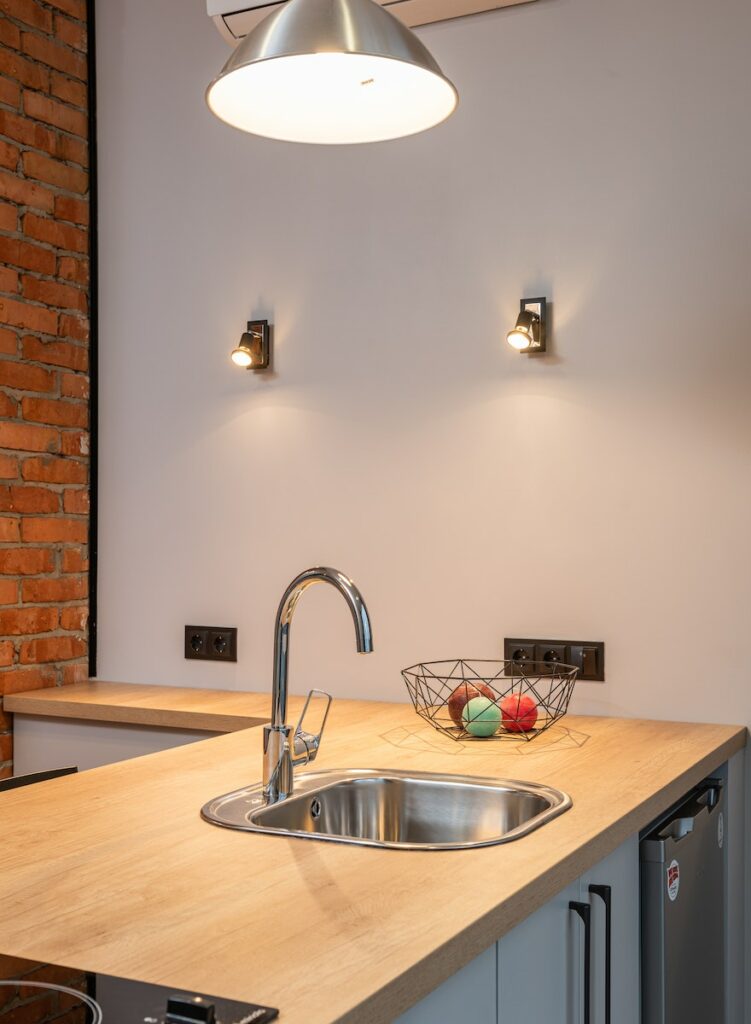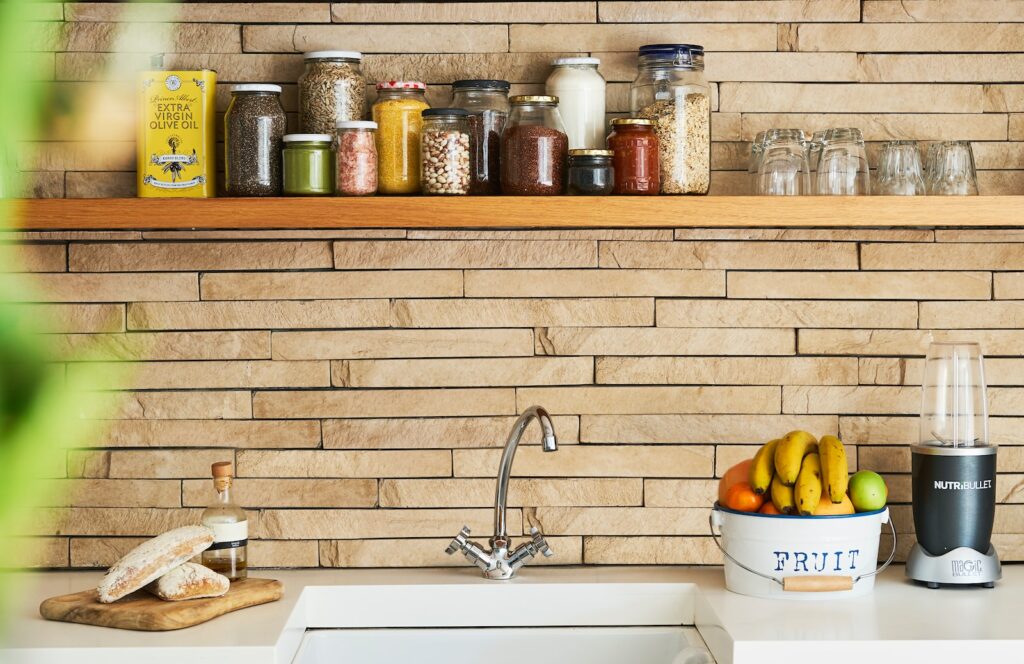The Basics of Home Insulation: What You Need to Know
Insulation is an essential part of any home. It improves the comfort level of your home by regulating the temperature, can help to save you money on energy bills, and can even increase the value of your home. In this article, we’ll cover the basics of insulation, the types and materials available, and the tools and costs required to insulate your home. We’ll also discuss why insulation is important and how it can benefit you.
Why Is Home Insulation Important?
Insulation is important because it helps to regulate the temperature in your home. When insulation is installed correctly, it acts as a barrier between warm and cool air, keeping the temperatures consistent and comfortable. Insulation also helps to keep out dust, pollen, and other allergens, reducing the amount of indoor air pollution in your home. Furthermore, insulation helps to reduce noise from outside, making your home a much more peaceful and enjoyable environment.
On top of all this, insulation can help you save money. When your home is insulated correctly, it will require less energy to heat and cool, which reduces your energy bills. Additionally, having good insulation can increase the value of your home, as buyers will be more likely to purchase a well-insulated home.
Types and Materials of Home Insulation
When it comes to insulation, there are three main types to choose from: batts, blankets, and loose-fill. Batts are pre-cut strips of insulating material that are installed between wall studs or floor joists. Blankets are rolls of insulation that come in different lengths, widths, and thicknesses, and are ideal for openings like attics and basements. Finally, loose-fill insulation is commonly made of cellulose or fiberglass and is blown into walls using special insulation machines.
When it comes to materials, the two most common options for insulation are fiberglass and cellulose. Fiberglass is made of small glass fibers and is the most commonly used insulation material. It’s cost-effective, easy to install, and can last for up to 40 years. Cellulose insulation is made of recycled paper products and is one of the most energy-efficient insulation materials. It’s also fire-resistant and is an eco-friendly option.
Tools and Costs Required to Insulate Your Home
The tools and costs required to insulate your home will depend on a few factors, including the type and amount of insulation you need, the size of your home, and the materials you choose. Generally speaking, you will need the following tools:
• Tape measure
• Utility knife
• Safety glasses
• Gloves
• Insulation machine
In terms of cost, the price of insulation can vary depending on the type and quantity you need. Generally speaking, fiberglass insulation usually costs between $0.25-$1 per square foot, whereas cellulose insulation ranges between $0.15-$0.65 per square foot. You may also need to hire a professional contractor to install the insulation, which can cost anywhere from a few hundred dollars to several thousand dollars.
Precautions When Installing Home Insulation
It’s important to take certain precautions when installing insulation in your home. Make sure you always wear protective gear, like gloves, safety glasses, and a dust mask, as insulation can cause skin, eye, and respiratory irritation. Additionally, make sure to follow the manufacturer’s instructions carefully when installing and always turn off the electricity when installing insulation near electrical wires or outlets.
Conclusion
Home insulation is an important part of any home. It helps to regulate the temperature, reduce energy bills, and increase the value of your home. There are three main types of insulation—batts, blankets, and loose-fill—and two main materials—fiberglass and cellulose. You’ll need certain tools, like a tape measure and a utility knife, as well as protective gear, like gloves, safety glasses, and a dust mask. Installing insulation in your home can cost anywhere from a few hundred dollars to several thousand dollars.
By understanding the basics of home insulation, you’ll be able to make an informed decision about which type and material is best for your home, as well as make the most of your budget.

